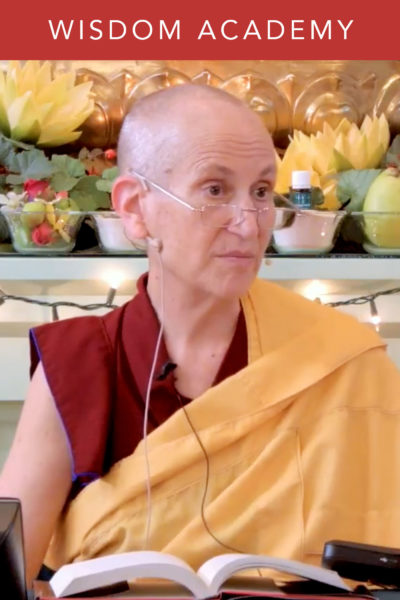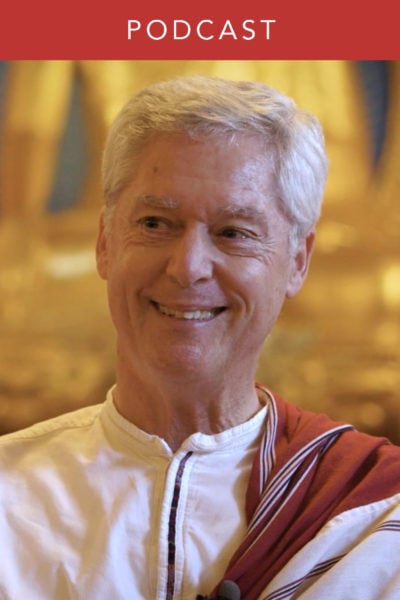Kamala Masters began practicing meditation in the mid-seventies, attending retreats in the Theravada tradition. In 1977 she met Anagarika Munindra, her first teacher, who taught her the value of being mindful in everyday life. In 1985, she began to practice vipassana and metta meditations intensively with Sayadaw U Pandita, with whom she temporarily ordained as a Buddhist nun in 2001 and 2003. In 2005, she began practicing cittanupassana, contemplation of mind, with Sayadaw U Tejaniya. She integrates this teaching with what she has learned from her other respected teachers.
Since the early nineties, Kamala has been teaching in the United States and abroad, and is a guiding teacher and member of the board of directors at the Insight Meditation Society. In 1995 she co-founded Vipassana Metta Foundation with Steve Armstrong, developing the Maui Dhamma Sanctuary for self-reliant students to practice. She served as an editor on the Vipassana Metta Foundation Translation Committee for Mahasi Sayadaw’s Manual of Insight, published by Wisdom Publications in 2016.
Kamala strives for extended periods of self-retreat each year. She is grateful for the opportunity to serve and to grow in the Dhamma.
Steven Armstrong has studied the Dhamma and practiced insight meditation since 1975. He served for many years at the Insight Meditation Society in Massachusetts as executive director, board member, and senior teacher of the annual three month retreat. As a monk in Burma for five years, under the guidance of Sayadaw U Pandita, he undertook intensive, silent practice of insight and lovingkindness meditations, and in Australia, he studied the Buddhist psychology (abhidhamma) with Sayadaw U Zagara. He continues his practice under the guidance of Sayadaw U Tejaniya at the Shwe Oo Min Meditation Center in Rangoon. Steve, along with Kamala Masters, is a co-founding teacher of the Vipassana Metta Foundation’s Dharma sanctuary on Maui. He has been leading meditation retreats internationally since 1990, presenting the core teachings of the Buddha and offering a variety of Buddhist mindfulness practices, encouraging cultivation of insightful awareness, and liberating understanding in all life activities. He encourages spiritual development of an unshakeable sense of well-being. On Maui he plants trees for a Dhamma sanctuary and directs the Burma Schools Project building schools and clinics in Burma and supporting monastics and nuns.
Before starting this practice, watch the “Introduction to the Practices” video for instruction. The following audio is a recording of the silent meditation session; use this to time your practice, or if you prefer, set your own timer for 24 minutes and sit in silence.
In this video, Alan Wallace gives an introduction to the two silent practices for this lesson: cutting through and nonmeditation. Watch this for instruction before turning to the practices below.
Find a comfortable, quiet place to sit and follow along with the guided meditation.
In this clip, Alan Wallace introduces and gives context to this lesson’s meditation practice. Start here and then move on to the guided audio meditation below.
Follow along as Alan Wallace comments on the text in the excerpt below, or starting on page 149 in your copy of the root text found in Lesson 1, or in your copy of Heart of the Great Perfection.
Although I practiced in that way, when I encountered even a minor issue, I would lose my own grounding in the nature of existence and revert to ordinary states. For example, when I was alone and naked in the wilderness, if I were to become frightened when various ferocious animals and savages let out terrifying roars, I would be no different than an ordinary person. In that case, there would be no way I could be liberated in the intermediate period by way of such meditation. But with heartfelt faith and reverence I prayed to my guru, the Lake-Born Vajra, “Please grant me right now practical instructions for handling such circumstances!” Falling asleep with immense devotion, in a dream I had a vision of Orgyen Dorjé Drolö appearing from an expanse of blazing fire and light, and he chanted the lyrics of this Hūṃ song: [479] (more…)


